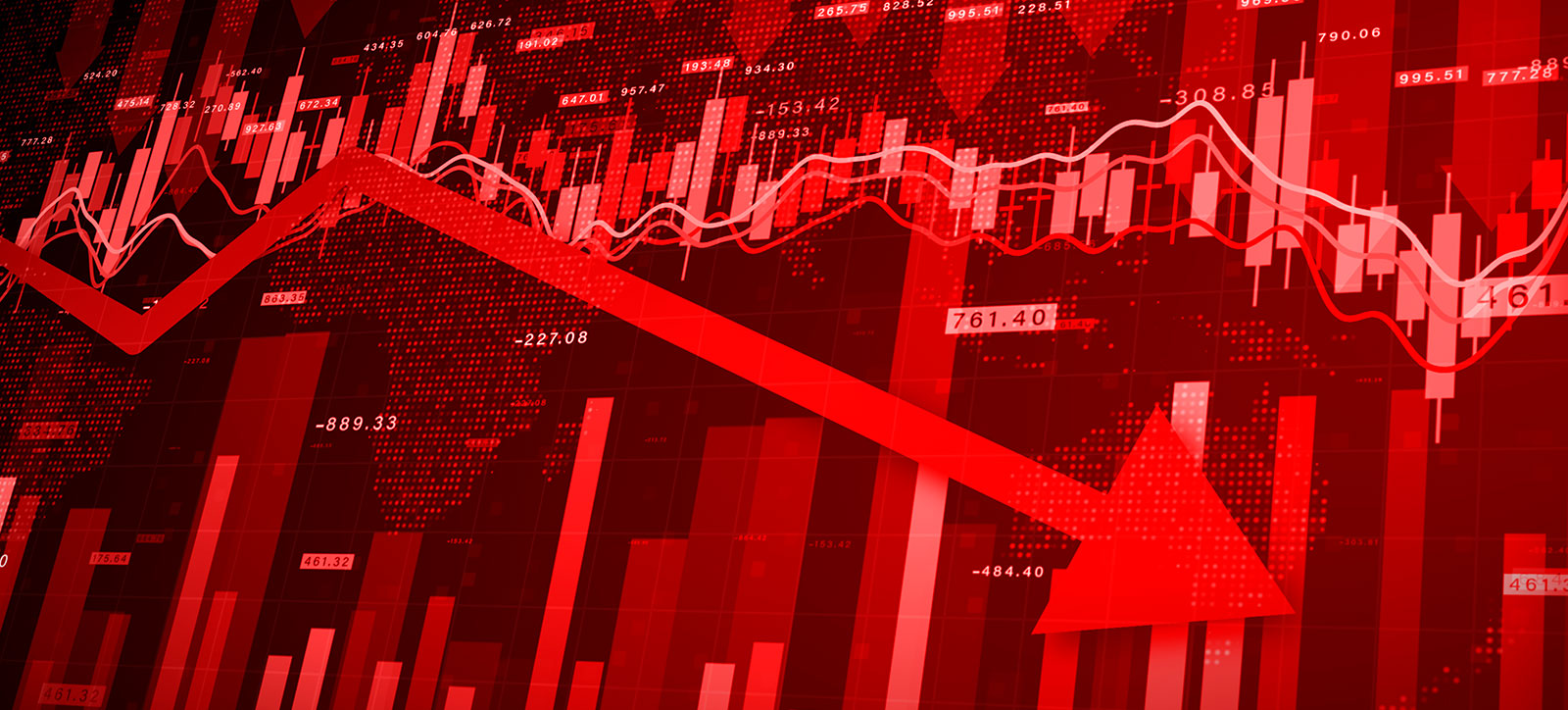
Going down: Mergers and acquisitions activity has collapsed since 2022 hitting private equity firms
Private equity, known for its buy-improve-sell model for creating value with businesses, has grown consistently over the last 40 or so years.
By 2022 private equity (PE) had almost $5 trillion assets under management globally, with global stockmarkets shrinking alarmingly in terms of the numbers of businesses listed as investors' money moved into PE firms instead. Indeed, US stockmarkets have halved in the number of listing firms over the last 10 years.
The reality is that PE has delivered better returns than stockmarkets and attracted substantial investment from pension schemes, institutional investors, and high net worth individuals. Around 40 per cent of all mergers and acquisitions (M&As) globally now involve PE.
PE firms set up funds which investors subscribe to. The funds typically have a life of 10 years during which businesses are bought, improved, sold, and the proceeds returned to investors.
Improvement is achieved through three main tactics that make approximately equal contributions to the increased price at which a target company is sold.
These are using cheap borrowed money known as leverage, operational improvement, and achieving growth by finding new markets or by acquiring other similar businesses.
It has been a winning formula, but are there signs now that this meteoric growth has come to an end?
Why have PE returns fallen?
Profits for PE have fallen dramatically from 2023 and investors are now switching their money back into stockmarkets. Returns to investors have fallen by more than half and so investors have been going elsewhere.
The problem has been that M&A activity has collapsed since 2022. Inflation in most western economies has forced up interest rates and banks have become reluctant to lend, making it more expensive to borrow funds for acquisitions.
As investors reassess the financial implications of potential deals, there have been fewer buyers for PE’s businesses. The model of PE firms depends on buyers for their ‘improved’ businesses.
Poor liquidity and a lack of confidence in governments has exacerbated the problem. The two biggest markets for PE are the US and the UK, both struggling in their own way with the threat of tariffs, and concerns also mounting in the UK over public spending levels.
The high levels of inflation have arisen due to the sheer extent of quantitative easing previously. After the banking crisis in 2007/8, western governments all adopted quantitative easing to fill deficits. It kept interest rates artificially low for the 15-year period until 2022. As PE firms typically use leverage to fund their acquisitions, this kept funding costs low and returns high. But this has all changed over the last three years.
The impact of the pandemic
Following COVID-19 in 2020 there was enormous pent-up demand to buy businesses and bank lending was flowing.
About $6 trillion worth of businesses changed hands globally in 2021. The levels of demand were such that prices of businesses rose by around 25 per cent. Most buying businesses in 2021 and the earlier part of 2022 paid too much.
For PE firms, this had two outcomes. They sold $1 trillion of businesses at huge profits and remitted the returns to investors. The investors were so delighted that they rolled over the returns into the next funds.
The PE model depends on buying businesses and so PE firms invested $1.2 trillion in 2021 into new acquisitions at high prices.
These are the problem businesses now. Holding costs have rocketed. PE paid too much and no one is buying businesses anymore. Thus, the PE model is grinding to a halt.
To make matters worse it had become so easy to make money based on cheap funding costs that many new and inexperienced PE firms entered the market, raised funds, and started investing in businesses.
Many of these investments are now troubled and have little prospect of ever making money even if they can avoid insolvency.
The PE model has fallen off a cliff, but the key question is to what extent will it recover when investors are now ‘once bitten, twice shy’?
Investors are receiving much reduced pay-outs and having to wait longer to receive them. Meanwhile, stockmarkets are performing well, although that could always come to a sudden end.
What does the future hold for PE?
PE relies on cheap funds and a vibrant M&A market. Low interest rates are unlikely to return as governments have stopped quantitative easing due to inflationary consequences.
More expensive money and continued economic uncertainty are likely to result in subdued M&A markets, so recovery for PE is likely to be slow.
It may well be that the glory days for PE are in the past. In all likelihood PE will continue to be a major presence but outperforming stockmarkets is not at all assured.
Further reading:
Mergers and acquisitions: Four steps to deliver value
Why investors love state-owned enterprises
Your next holiday may hold the key to your future equity investments
AI in banking: The rise of autonomous finance
John Colley is Professor of Practice in Strategy and International Business at Warwick Business School and author of The Unwritten Rules of M&A: Mergers and Acquisitions that Deliver Growth - Learning from Private Equity.
Learn how to add value and avoid common pitfalls in M&A with the three-day programme, Mergers and Acquisitions: How to Maximise Success, at WBS London at The Shard.
Discover more about Finance and Markets. Receive our Core Insights newsletter via email or LinkedIn.




 X
X Facebook
Facebook LinkedIn
LinkedIn YouTube
YouTube Instagram
Instagram Tiktok
Tiktok